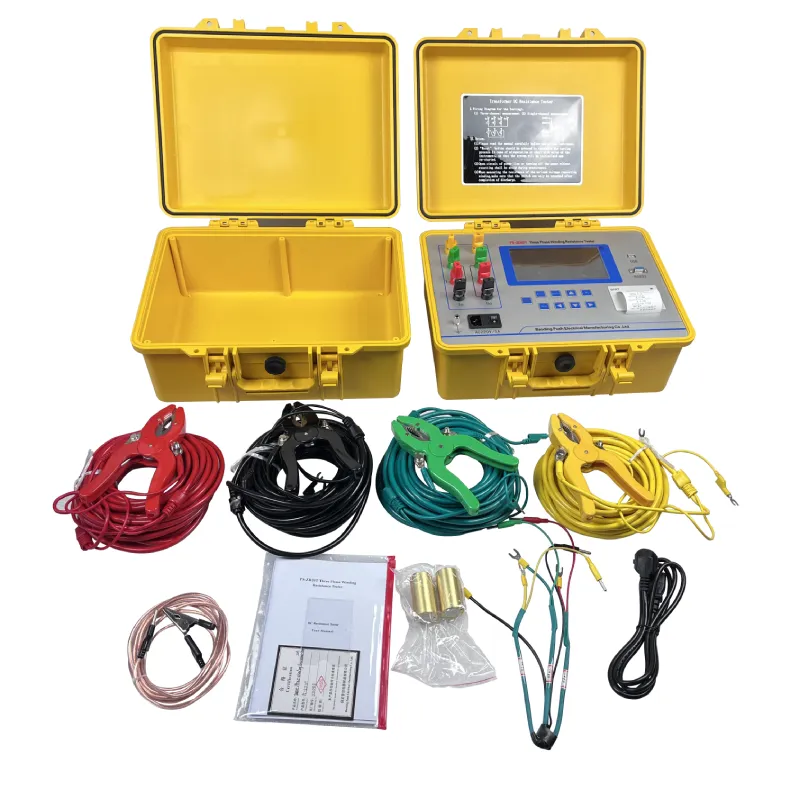 English
English


Understanding Gas Chromatography Detector Types
Gas chromatography (GC) is a widely used analytical technique for separating and analyzing compounds that can be vaporized without decomposition. One of the critical components of a gas chromatography system is the detector, which identifies and quantifies the components as they elute from the column. There are several types of gas chromatography detectors, each with unique characteristics, advantages, and applications.
One of the most common detectors is the Flame Ionization Detector (FID). It operates by burning the sample in a hydrogen flame, producing ions that generate an electrical current. FID is highly sensitive to organic compounds, making it particularly useful for the analysis of hydrocarbons and other volatile organic compounds. However, it has limitations, such as the inability to detect inorganic gases and polar compounds.
Another widely used detector is the Thermal Conductivity Detector (TCD). This detector measures the change in thermal conductivity of the gas mixture by comparing it to a reference gas, typically helium. TCD is known for its universality, as it can detect all substances that differ in thermal conductivity from the carrier gas. However, it is less sensitive than FID and may not be suitable for trace analysis.
The Electron Capture Detector (ECD) is particularly effective for halogenated compounds and certain other electronegative substances. It works by capturing electrons from a radioactive source as they pass through the sample stream. ECD is highly sensitive to specific classes of compounds, making it invaluable in environmental analysis and detecting pesticides.
gas chromatography detector types

The Mass Spectrometry Detector (MS) is another powerful tool in gas chromatography. It provides both qualitative and quantitative analysis by measuring the mass-to-charge ratio of ions derived from the sample. MS is highly sensitive and can identify compounds at very low concentrations. Its ability to provide structural information makes it a preferred choice for complex mixtures.
Lastly, the Photoionization Detector (PID) utilizes ultraviolet light to ionize compounds within the sample. It is especially useful for detecting aromatic compounds and volatile organic compounds. PIDs are often used in environmental monitoring due to their sensitivity and rapid response time.
In summary, the choice of a gas chromatography detector depends on several factors, including the specific application, types of compounds being analyzed, and required sensitivity
. Each detector offers unique advantages, and understanding these can help researchers and analysts select the most appropriate technology for their needs.-
Differences between open cup flash point tester and closed cup flash point testerNewsOct.31,2024
-
The Reliable Load Tap ChangerNewsOct.23,2024
-
The Essential Guide to Hipot TestersNewsOct.23,2024
-
The Digital Insulation TesterNewsOct.23,2024
-
The Best Earth Loop Impedance Tester for SaleNewsOct.23,2024
-
Tan Delta Tester--The Essential Tool for Electrical Insulation TestingNewsOct.23,2024





